
Search Results "LECP1PD-LEMC32LUT-800"

LECP1 series is a programless controller capable of setting up an electric actuator operation without using a PC or teaching box. Through the combination of parallel I/O inputs, 14 points of positioning are available. The speed and acceleration of the positioning can be set by the switch for each operating direction. A single signal sent to a dedicated terminal returns an actuator to
The LECP1 is a programless controller for LE’s 24VDC step motors. 14 positions with speed and acceleration / deceleration values can be set directly from the control panel. No setting software or teaching pendant is required. Separate control and motor power enable the motor to be turned off without losing the encoder position. Alarm detection is also available.
- Set motion control data
Configure Options...

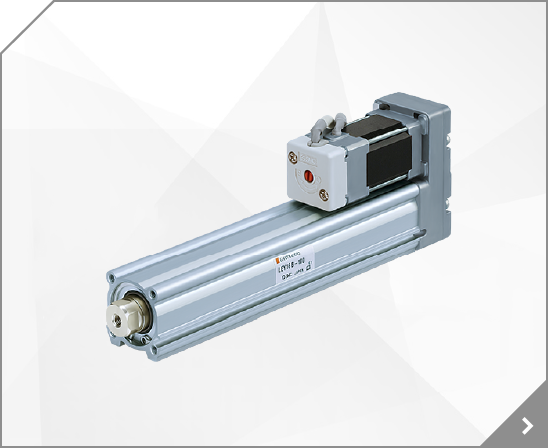

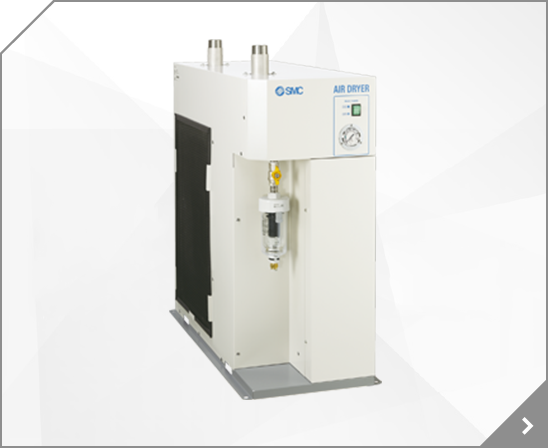



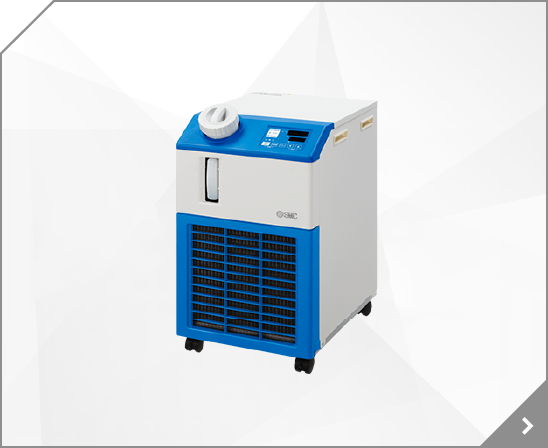
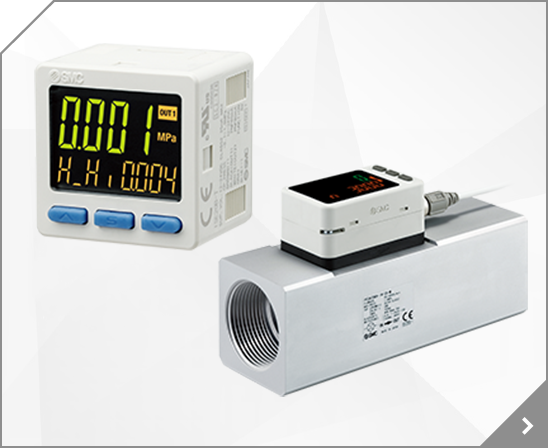
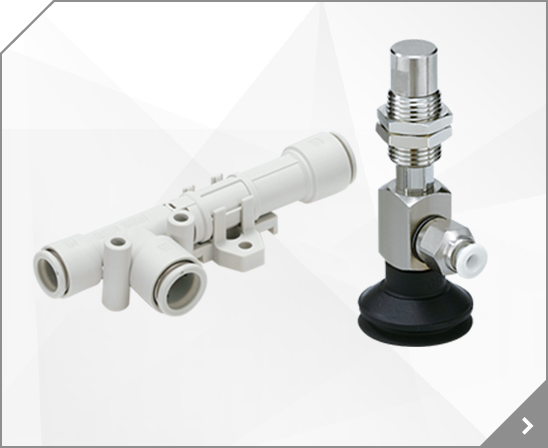

 How To Order: Controller (Step Data Input Type) Step Motor (Servo/24 VDC) LECP6 Series Servo Motor (24 VDC) LECA6 Series LECP6 Series LECA6 Series
How To Order: Controller (Step Data Input Type) Step Motor (Servo/24 VDC) LECP6 Series Servo Motor (24 VDC) LECA6 Series LECP6 Series LECA6 Series